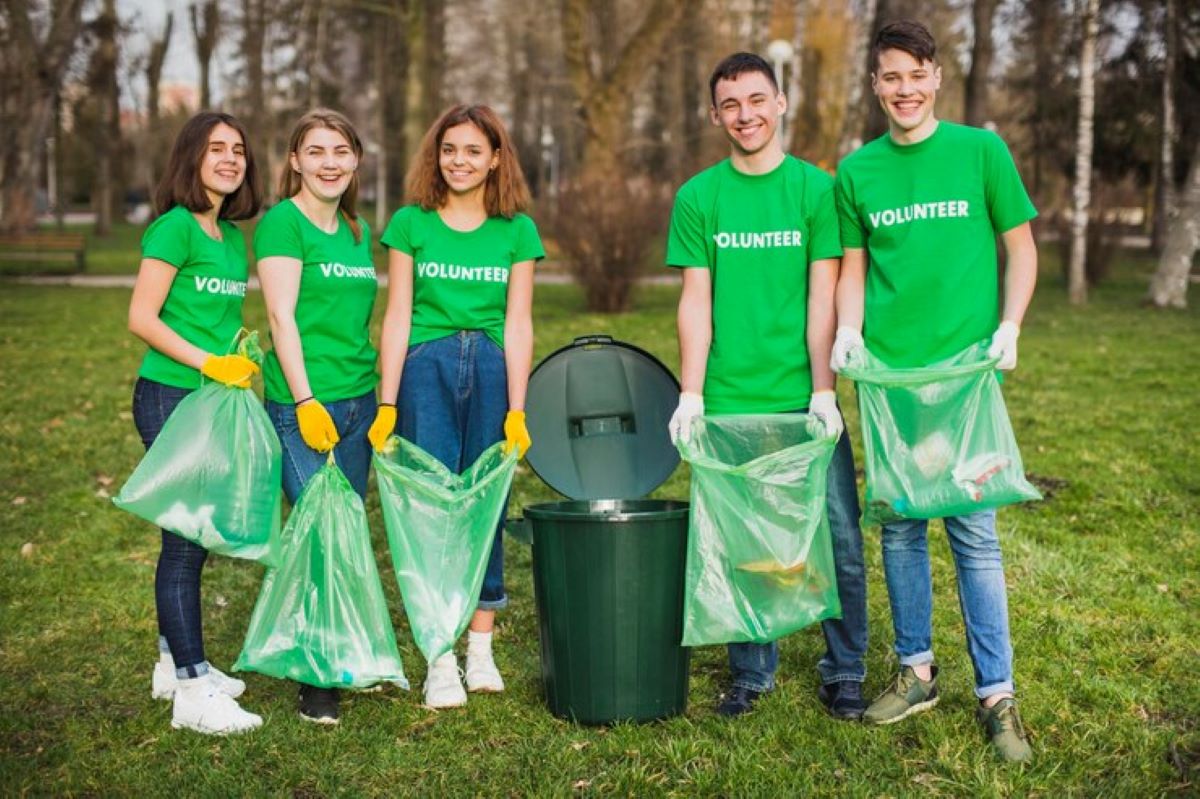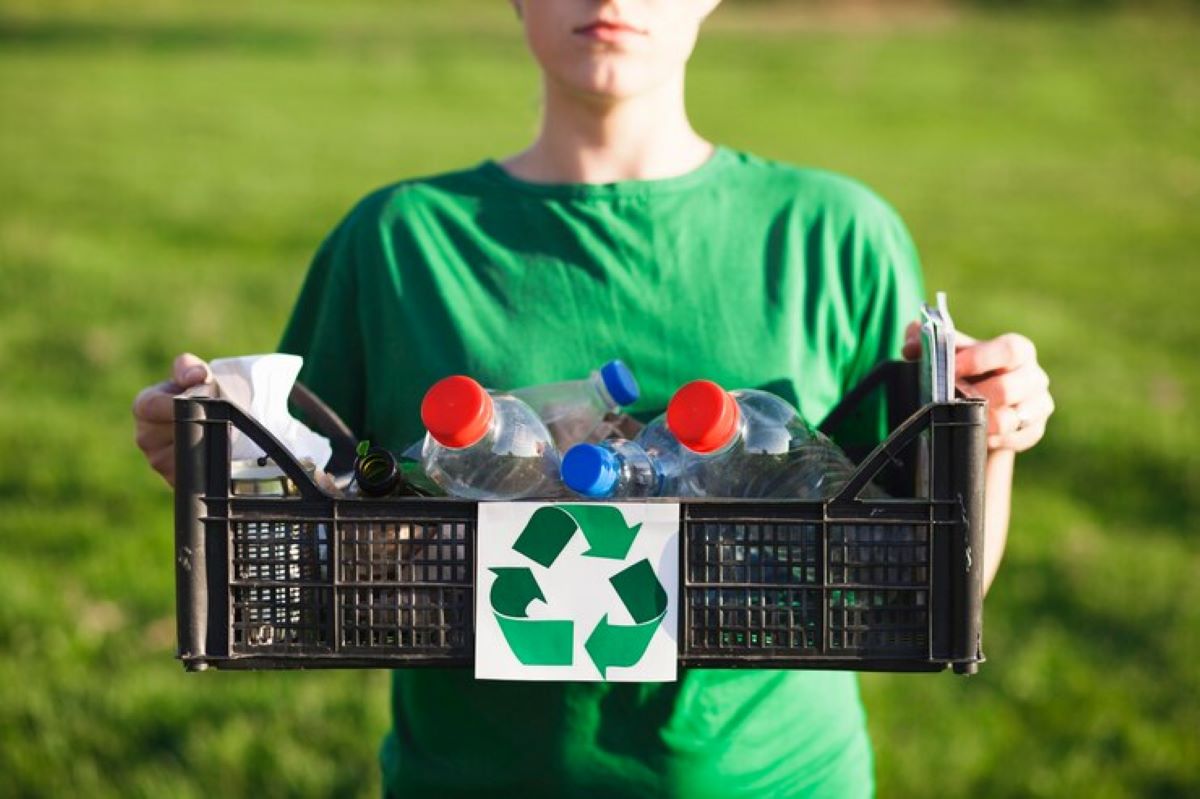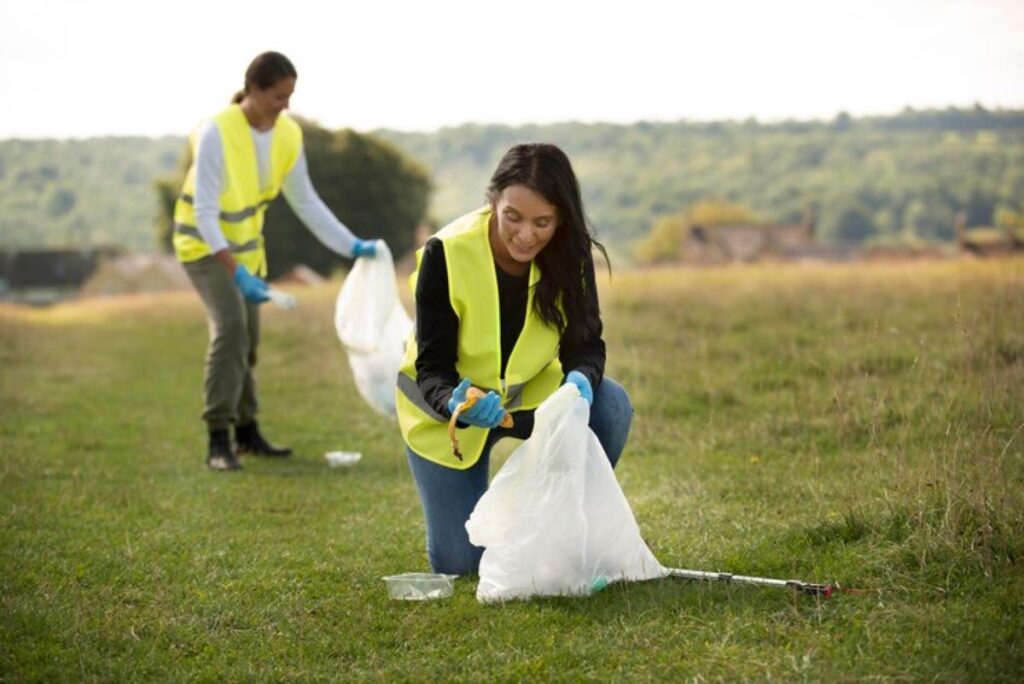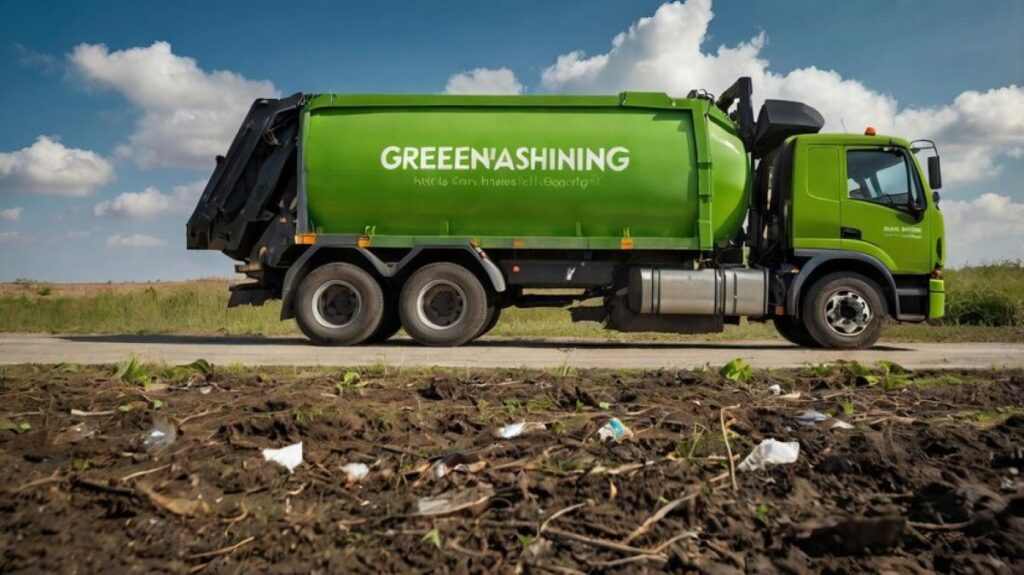How to Prepare for a Smooth Green Waste Pickup from Your Property
Proper green waste pickup preparation plays a vital role in maintaining clean, sustainable neighbourhoods whilst supporting local environmental initiatives. Property owners who follow established guidelines contribute to streamlined collection processes and help prevent service disruptions.
Efficient green waste collection delivers multiple benefits:
- Environmental Protection – Proper sorting prevents contamination and ensures materials can be effectively composted
- Cost Savings – Avoiding rejected collections and potential fines through correct preparation
- Community Aesthetics – Maintaining tidy properties and street appearances
- Legal Compliance – Meeting local council requirements for waste management
Property owners need to understand specific requirements for:
- Appropriate containers and materials
- Size and weight restrictions
- Accepted versus prohibited items
- Collection timing and placement
- Bundling techniques
A systematic approach to green waste preparation helps create predictable, hassle-free collections. This guide explores practical steps property owners can take to ensure smooth green waste pickup services, from understanding local regulations to implementing effective waste reduction strategies.
By following these guidelines, property owners contribute to efficient waste management systems whilst fulfilling their responsibilities as community members. These practices support sustainable waste disposal methods and help maintain property values across neighbourhoods.
What Are the Key Local Regulations Affecting Green Waste Pickup in Sydney?
Sydney’s green waste management operates under specific municipal guidelines that property owners must follow. Each local council maintains distinct rules for waste collection, making it essential to check the exact requirements for individual areas.
Local Council Requirements:
- Collection schedules vary by suburb and council zone
- Specific preparation methods for different types of green waste
- Designated container types and size limitations
- Set time windows for placing waste at kerbside
Sydney’s Tree Preservation Laws add another layer of regulation:
- Permits required for removing trees over 3 metres in height
- Council approval needed for pruning certain protected species
- Documentation of approved tree work must be maintained
- Penalties apply for non-compliant tree removal or pruning
Property owners should also be aware of the regulations regarding trees on private property, which further complicate the green waste process.
Legal Compliance Impacts:
- Rejected waste collection for improperly prepared materials
- Potential fines for unauthorised tree work
- Delays in waste removal services
- Additional costs for special pickup arrangements
To avoid such issues, property owners can access their specific local regulations through council websites or direct contact with waste management authorities. For instance, the City of Sydney’s report issue page provides a platform to address any concerns or queries related to local regulations. These guidelines ensure efficient processing of green waste while protecting Sydney’s urban forest canopy.
When Is the Best Time to Set Out Green Waste for Collection?
Property owners must place green waste at their designated collection point by 6:00 a.m. on the scheduled pickup day. Setting materials out the night before collection can attract pests and create neighbourhood hazards.
Late placement risks missed collections, as waste management trucks follow strict routes and schedules. Properties with repeatedly missed collections due to timing issues may face service interruptions or additional fees.
Fortunately, several methods exist to track collection schedules:
- Download local council mobile apps for automated reminders
- Sign up for SMS or email notifications
- Check council websites for collection calendars
- Call waste management customer service
For instance, some cities are leveraging technology for smarter waste management. They’ve started using IoT bins that provide real-time data about waste levels and collection times. This innovation not only optimizes the collection process but also helps in reducing missed pickups.
Collection Schedule Changes
- Public holidays
- Severe weather events
- Road works
- Special events
Property owners can place a service request through their local council for missed collections within 24 hours of the scheduled pickup time. The waste management team will assess each case and arrange alternative collection options where appropriate.
Setting reminders and maintaining awareness of schedule changes helps ensure consistent green waste removal while keeping neighbourhoods clean and safe. For more information on your local waste management services, you can visit this page.
What Containers and Materials Are Suitable for Green Waste Pickup?
Property owners must use specific containers to ensure successful green waste collection. The standard requirement includes 32-38 gallon reusable bins equipped with sturdy handles for safe lifting and transportation.
Appropriate containers include:
- Heavy-duty plastic bins with secure lids
- Certified compostable bags
- Kraft paper garden bags
- Containers with built-in drainage holes
The presence of drainage holes serves a crucial purpose – preventing water accumulation during rain, which can lead to excessive weight and potential collection refusal.
Regular plastic bags are not acceptable for green waste disposal unless they carry specific compostable certification. These non-compliant bags contaminate the composting process and result in rejected collections.
Essential container features:
- Sturdy construction to prevent tearing
- Handles positioned for easy lifting
- Maximum weight capacity clearly marked
- Weather-resistant materials
- Proper ventilation to prevent moisture build-up
Property owners should maintain their containers in good condition, replacing damaged bins promptly to ensure continuous service acceptance.
How Should Green Waste Be Bundled and Limited in Size and Weight?
Proper bundling practices ensure efficient collection and safe handling of green waste materials. Property owners must secure branches and brush using natural fibre string or twine, creating neat bundles that stay intact during transport.
Size Requirements:
- Branch length: Maximum 3 feet (0.9 metres)
- Branch diameter: Under 3 inches (7.6 cm)
- Bundle width: No wider than 18 inches (45.7 cm)
Weight Restrictions:
- Individual containers: 40 pounds (18 kg) maximum
- Bundled materials: 40 pounds (18 kg) maximum
- Bags: 40 pounds (18 kg) maximum
Bundling Tips:
- Stack branches parallel to each other
- Tie bundles at both ends and middle
- Remove all side branches
- Cut larger branches into appropriate lengths
- Place heavier items at the bottom of containers
- Distribute weight evenly throughout bundles
These size and weight limitations protect collection workers from injury while ensuring green waste fits properly in collection vehicles. Property owners who exceed these limits risk their materials being left behind during scheduled pickups.
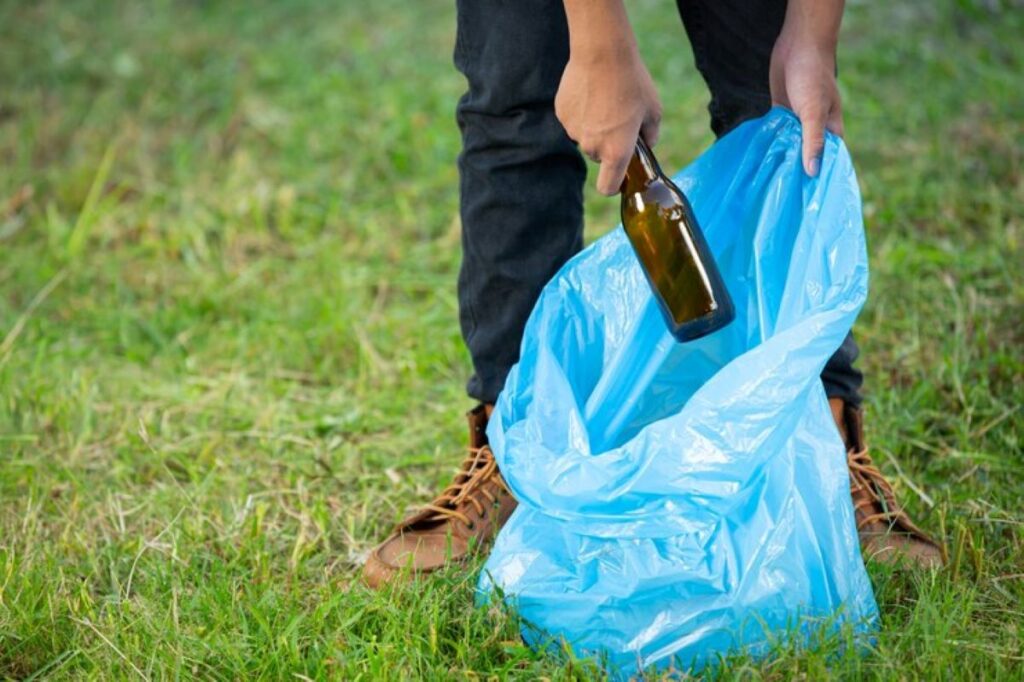
Which Types of Yard Waste Are Accepted and Which Are Prohibited?
Green waste collection services accept specific types of yard waste materials while prohibiting others to maintain efficient processing and environmental safety.
Accepted Materials:
- Leaves and grass clippings
- Garden plants and weeds
- Pine needles and pine cones
- Clean mulch (without soil)
- Small twigs and branches
- Plant trimmings and prunings
- Vines (cut into appropriate lengths)
Prohibited Items:
- Food waste or kitchen scraps
- Treated or painted wood
- Construction materials
- Plastic bags or containers
- Rocks, dirt, or soil
- Pet waste
- Diseased plant material
- Palm fronds
- Tree stumps
- Metal objects or wire
Property owners must separate green waste from general household rubbish and recycling streams. Mixing these materials can result in collection rejection and potential contamination of processing facilities. The presence of non-yard waste items, including plastic containers, metal objects, or construction debris, leads to immediate rejection of the entire bin or bundle.
How Can Property Owners Reduce the Volume of Green Waste Needing Pickup?
Property owners can significantly decrease their green waste output through several effective practices:
Grasscycling
- Leave grass clippings on the lawn after mowing
- Cut grass at optimal 1/3 height to create smaller, easily decomposable pieces
- Natural nutrients return to soil, reducing fertiliser needs
Low-Maintenance Landscaping
- Select native plants adapted to local climate
- Group plants with similar water requirements
- Use ground covers to reduce mowing areas
- Install hardscaping features like stone paths or patios
Backyard Composting
- Create a dedicated composting area
- Mix green materials (grass/leaves) with brown materials (twigs/paper)
- Turn compost regularly for faster decomposition
- Use finished compost to enrich garden soil
These waste reduction strategies help property owners:
- Save money on disposal fees
- Reduce carbon footprint from waste transport
- Create nutrient-rich soil amendments
- Minimise dependence on council collection services
- Support sustainable gardening practices
Why Is It Important to Avoid Common Preparation Mistakes?
Property owners who fail to follow green waste preparation guidelines face significant consequences. A single mistake in waste preparation can result in:
- Rejected collections leaving waste sitting on the kerb
- Educational violation tags highlighting specific preparation errors
- Disruption to regular collection schedules
- Additional disposal costs for re-collection services
Repeated preparation mistakes often trigger escalating penalties:
- Written warnings from local councils
- Monetary fines ranging from £50-£500
- Suspension of collection services
- Mandatory waste management education sessions
Common Preparation Errors to Avoid:
- Mixing household rubbish with green waste
- Using non-compliant containers or plastic bags
- Exceeding weight and size limitations
- Improper bundling of branches and prunings
- Placing waste out too early or late for collection
Proper preparation practices protect property owners from these penalties whilst maintaining efficient waste management systems. Local councils track preparation compliance through their collection staff’s reports, making it essential for residents to maintain consistent adherence to guidelines.
When Should Professional Tree Services Be Hired To Manage Large Green Waste?
Property owners need professional tree services when green waste management exceeds standard collection capabilities. These situations include:
- Dead or dying trees posing safety risks
- Trees infected with diseases that require quarantine procedures
- Uprooted trees from storms or natural disasters
- Large-scale vegetation clearing for construction projects
- Complex removals near buildings or power lines
Licensed tree service companies bring essential benefits to green waste management:
- Safety Compliance: Trained professionals use proper equipment and follow safety protocols
- Environmental Protection: Responsible disposal methods and recycling practices
- Legal Adherence: Knowledge of local regulations and permit requirements
- Risk Management: Insurance coverage for property and personnel protection
Professional services extend beyond basic tree removal:
- Stump grinding and removal
- Root system management
- Site clearing and preparation
- Post-removal soil treatment
- Debris processing into mulch
- Regular maintenance inspections
These comprehensive services ensure thorough green waste handling while protecting property value and environmental integrity. You may like to visit https://run4love.org/breaking-down-the-average-green-waste-removal-cost-for-homeowners/ to get more about breaking gown the average green waste removal cost for homeowners.
How Do Professional Tree Removal Companies Support Compliance With Local Regulations?
Licensed tree services in Sydney play a vital role in navigating complex local regulations. These professionals handle the paperwork and permit requirements mandated by Sydney’s tree prevention laws, ensuring property owners stay within legal boundaries for tree work.
Professional tree removal companies maintain comprehensive insurance coverage:
- Public liability insurance protecting against third-party injuries or property damage
- Professional indemnity insurance covering advice-related claims
- Workers’ compensation safeguarding both employees and property owners
Their expertise extends beyond regulatory compliance to property value preservation. Professional arborists document tree work meticulously, providing detailed records that:
- Demonstrate adherence to local council specifications
- Track permit applications and approvals
- Create historical maintenance logs
This thorough documentation helps property owners avoid potential fines or legal issues while maintaining their property’s value. Licensed tree services in Sydney understand the nuances of local regulations, ensuring each project meets council requirements from initial assessment through completion.
The systematic approach of professional tree removal companies streamlines green waste management processes, making subsequent waste collection more efficient and compliant with local standards.

What Are the Key Takeaways for Successful Green Waste Collection?
Proper preparation for green waste pickup plays a vital role in maintaining clean, sustainable communities. Property owners who follow local regulations, use appropriate containers, and adhere to size and weight restrictions create an efficient collection process. Smart waste reduction strategies like grasscycling and home composting minimise environmental impact. Professional tree services provide essential support for larger-scale green waste management needs while ensuring compliance with Sydney’s tree prevention laws. Through careful planning and responsible practices, property owners can establish a seamless green waste collection routine that benefits both their properties and the environment.
How to Prepare for a Smooth Green Waste Pickup from Your Property Read More »

